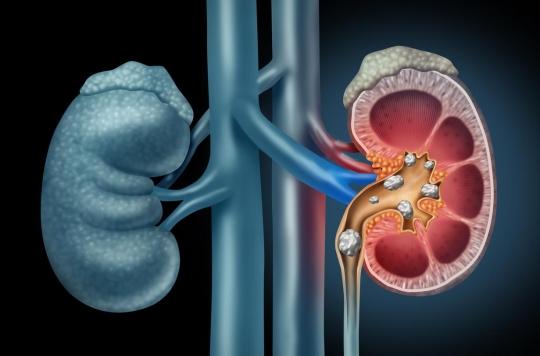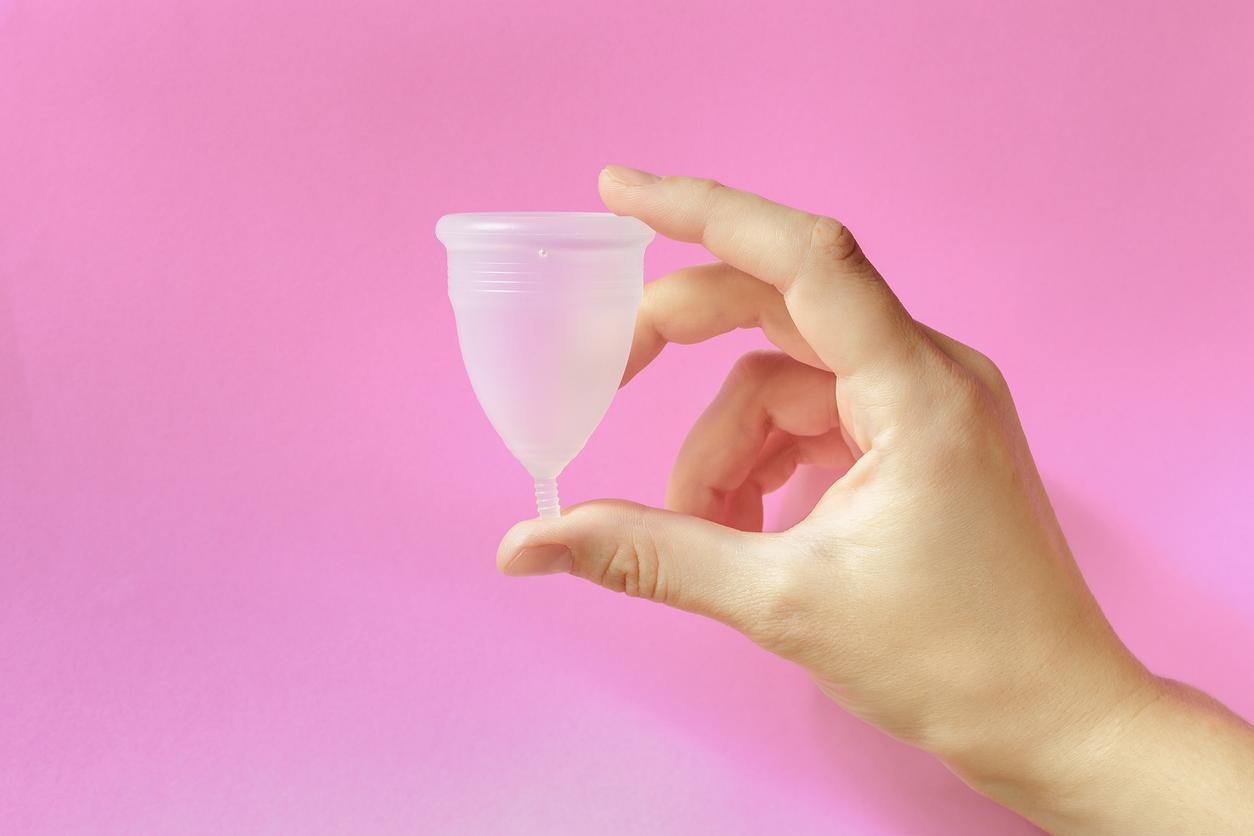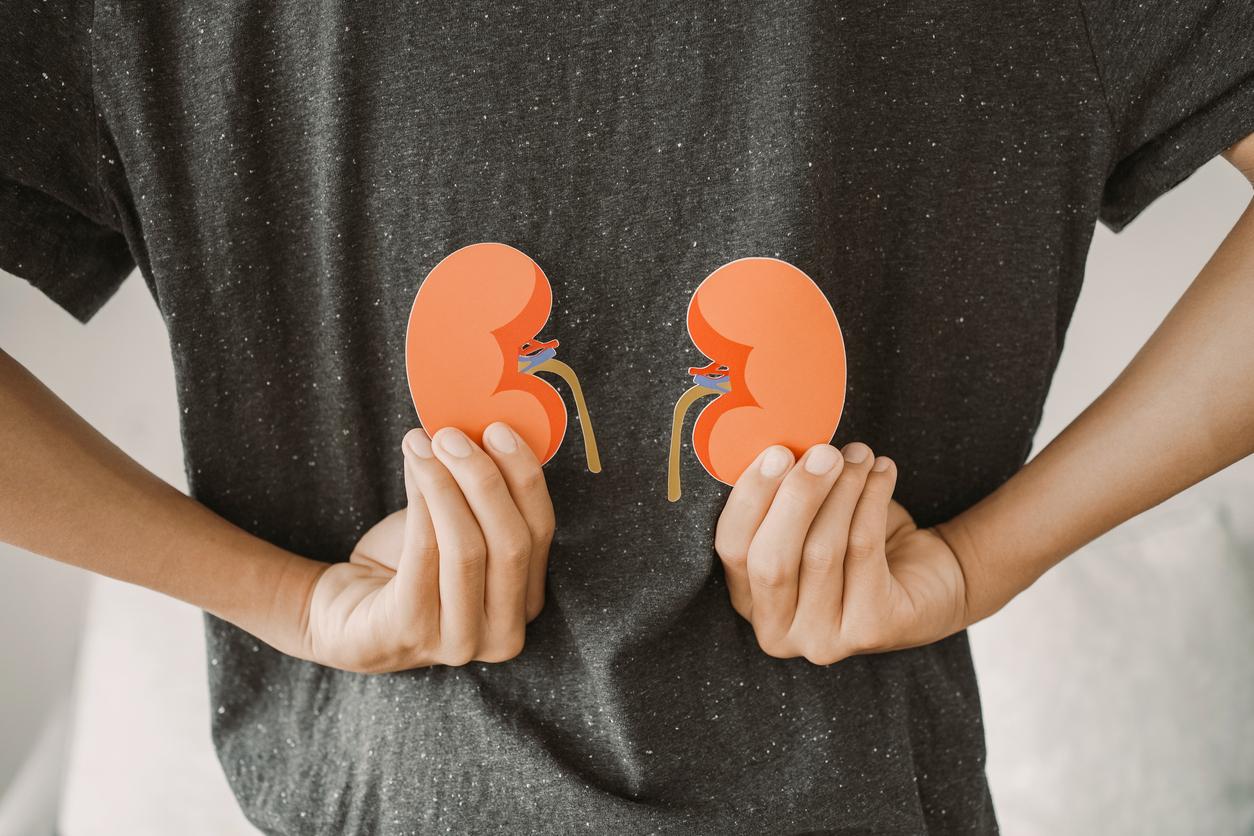While many transplant patients live longer than their new kidney can function, research shows that it’s better to do the same operation over again than to stay on dialysis.

- Chronic kidney disease affects nearly one in ten people in France, or about 5.7 million people.
- Among them, 91,875 are treated for chronic end-stage renal failure, either by dialysis (55%) or by transplant (45%).
Even if a first kidney transplant does not take or if the new organ wears out, it is better not to be discouraged and try the operation again. These are the results of a new study, published in CJASN.
Nearly 6 additional months of life
This publication comes at a time when severe kidney disease is on the rise in France, and grafts from deceased donors operate for an average of 10 to 15 years, which is often not long enough to go through to the end of the recipient’s life. Armed with these elements, the team of Doctor Rainer Oberbauer (Medical University of Vienna) analyzed the health data of 2,346 Austrians whose first kidney transplant had failed. All had been on a waiting list for a second kidney transplant between 1980 and 2019.
After 10 years of follow-up, patients who received a second kidney transplant lived an average of 5.8 months longer than those who remained on dialysis. Another lesson: the difference in survival time with retransplantation was lower in patients who had waited longer after the failure of their first transplant.
Reduce waiting time
“These data demonstrate that a second transplant is advantageous in terms of years of life gained, and that the difference with non-transplant patients decreases with time spent on the waiting list”confirms Dr. Oberbauer. “Failed patients should therefore immediately benefit from a second transplant if a suitable donor organ is available.”
In an editorial associated with the study, scientists write: “if these results are similar in other countries, the waiting time for candidates for a second kidney transplant should be reduced”.
.

















